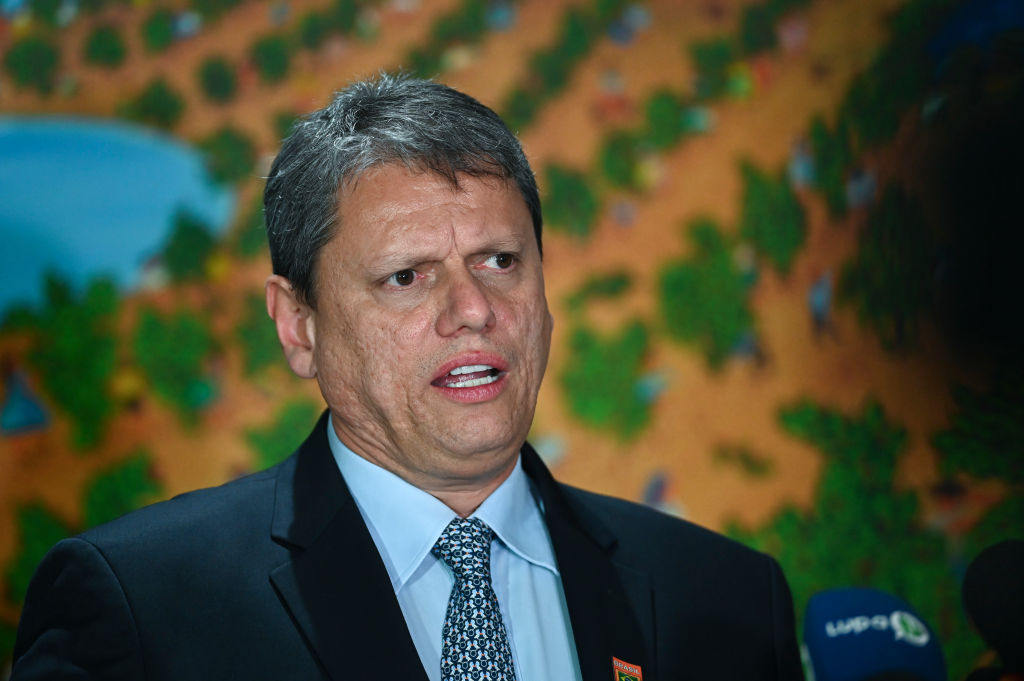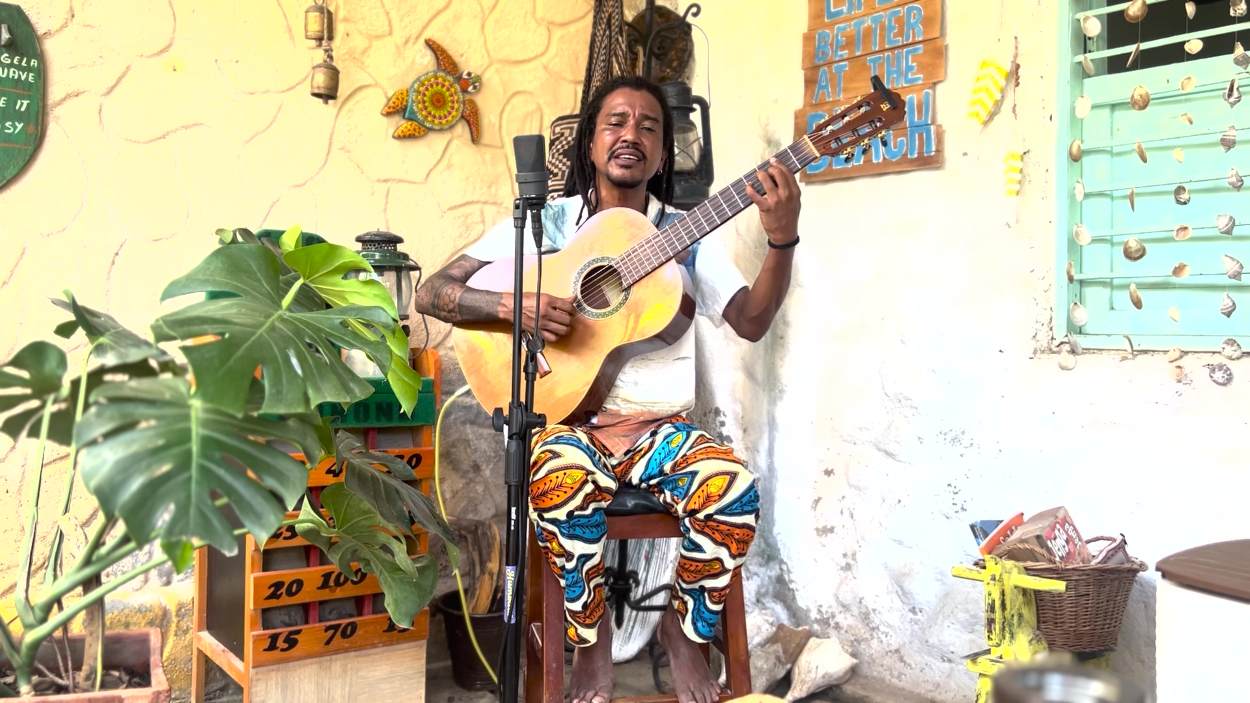Using Energy Plan, Rousseff Takes Aim at Brazil Cost
Using Energy Plan, Rousseff Takes Aim at Brazil Cost
In a country with one of the world’s highest energy costs, Brazilian consumers and industries could see a drop in electricity prices that may bring both political and economic returns.
While slower growth has dimmed international investor fervor, a new energy plan may boost the Brazilian economy. On September 11, President Dilma Rousseff launched the latest government plan to stimulate the Brazilian economy and increase the country’s competitiveness by reducing energy production costs. Brazil has one of the most expensive power costs in the world, and the ambitious measure aims to decrease residential power rates by up to 16 percent and up to 28 percent for industries. It involves reducing electricity taxes for producers and distributors, as well as renewing licenses for power generating companies. The plan forms part of a larger set of steps taken by the Rousseff administration to attack the so-called “Brazil cost”—a mixture of high taxes, bureaucracy, and limited infrastructure—that harms local industry and can discourage investment. The energy measures come on the heels of an August announcement to privatize over 10,000 miles of the country’s roads and railways. Rousseff’s plan not only promises potential economic returns, but political ones, too.
The plan kills several birds with one stone. It stands to help ailing manufacturers struggling with cheap imports and high operation costs. Rousseff also pointed out that it should “slow inflation and encourage investment” and “benefit both the businessman and consumer.” The measure also underscores Rousseff’s efforts to work with Brazil’s business leaders, and “shows that industry requests had echo in the government,” said Franklin Feder, CEO of Alcoa Inc. Latin America.
Consumers stand to benefit from reductions in household energy, leaving them with “more money in their wallets,” writes economics journalist Miriam Leitão. During the announcement today, Rousseff said: “The time has come to give back to society the benefits for paying for investments through a lower, just, and balanced tariff.” However, some economists believe the cost reduction for industries may not translate to lower prices on consumer goods. Others cautioned that despite the cuts, Brazil will still have one of the world’s most expensive energy costs. But some industry leaders pledged to decrease prices, including the heads of two associations representing electronics producers.
Finally, the plan could give a boost to candidates from the ruling Worker’s Party (PT) in the country’s October 7 municipal elections. In a Folha de São Paulo column, political journalist Valdo Cruz wrote that the measure “will certainly have a political impact, contributing to improving President Dilma’s popularity as well as giving a hand to [PT] candidates.”
In other Southern Cone news:
- Over the past two years, Brazil’s population increased the equivalent of “one Uruguay” and now amounts to nearly 194 million people.
- Released last week, the UN Habitat State of the World’s Cities 2012 report indicates that by 2050, 90 percent of Latin Americans will live in towns and cities, and in Brazil and the Southern Cone, this percentage could be reached by 2020. It also reports that 111 million Latin Americans live in shanty towns. (Hat tip to the Pan American Post.)
- On September 7, Bolivian officials announced the country plans to formally request Southern Common Market (Mercosur) membership in 2013.








